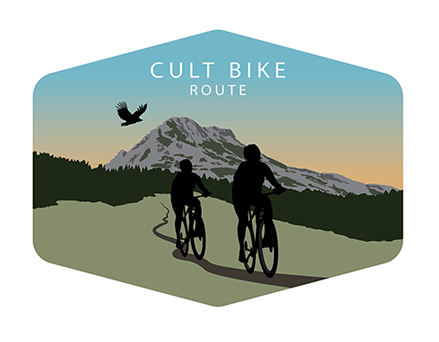Kulturno dobro: Crkva Sv. Nikole u Nikoljcu

History
It is considered to be the church of St. Nicholas and Nicholas, the foundation of King Milutina, founded in the late XIII or early XIV century. Research has shown several construction phases, and based on coins found inside its walls, it is estimated that the foundations of the church date from the period 1370 - 1390. After the arrival of Turkey, this church assumed the role of spiritual and enlightening center of this region. During the XVI and XVII centuries the Nikoljac Monastery housed the famous Prepisivačka school, whose monastery was
He kept a rich library with himself. It preserves sacred texts from other monasteries abandoned during Turkish rule. From that church a market developed in the 15th century from which shopping and selling was carried out in the middle ages, and from which later the entire settlement of Nikoljac developed. First memories of Nikolj - market found in book of income in charge of Dubrovka merchant Đivana Pripčinović from 1456 – 1458 years. From the memories of those in Dubrovka a few years later, the trade in “human robots” came to life again after the arrival of Turkey.
Detalji o kulturnom dobru
Church Sv. Nikole, which is mentioned in the written sources of the XVI and XVII centuries as a monastery with rich pre-wetting activities, is located on the banks of the cemetery of Nikoljcu, in the immediate vicinity of Bijelog Polja. The church is a three-sided basilica with an octagonal dome, three windows, a semicircular apse with a raised central dome and a dome. All ships have special blood. After the people's sacrifice, the three-puta church grew into the corpses, remained without blood and then frescoes were laid on the streets. It is made of a solid stone, assembled into regular horizontal rows, which is then transformed. It is believed that the iconography of this church dates back to the 70s of the XVI century. On the eastern side of the church there is a spacious semi-circular apse, while on the western side there is an open wooden trestle built by a bio-dozer. Next to the main, western doors is a side church, which is located on the northern side. All the lower surfaces of the church are paved with square treated plates of different dimensions and irregular roofs. Dosta su nerve, ali su clesonjem uklopyon without connective tissue. In this layer, green stones are present in the laporasti. The entire space of the church is covered with storage rooms, at a level with an average depth of 0,95 to 1,10 m. Investigations have uncovered, technically captured and photographed 51 graves. Underneath the layer of earth I found 100 silver and copper coins, fragments of ceramic vessels, several glass candelabra fragments, fragments of glass candelabra and parts of church furniture. The tomb's wall is covered with a tomb structure containing 22 silver dinars, 14 of which belong to Vuku Brankovic and King Lazaru Hrebeljanovicu (1372 - 1389) or his son Stefanu Lazarević (1380-1427). Today the church library is famous for its 86 manuscripts and more than 80 printed books. The manuscripts date from the end of the XII to the end of the XIX century, the best known of which are the Four Gospels from the end of the XIII century, written on parchment. Among the printed books are fifteen of our newest printers Božidara and Vicenca Vukovica. One of the most interesting frescoes, unique and unique in Orthodox wall painting, is found on the inner side of the western wall and depicts the life of the people buried in the garden. The inner church, decorated with frescoes of the second half of the XVI century, has been preserved almost completely.
